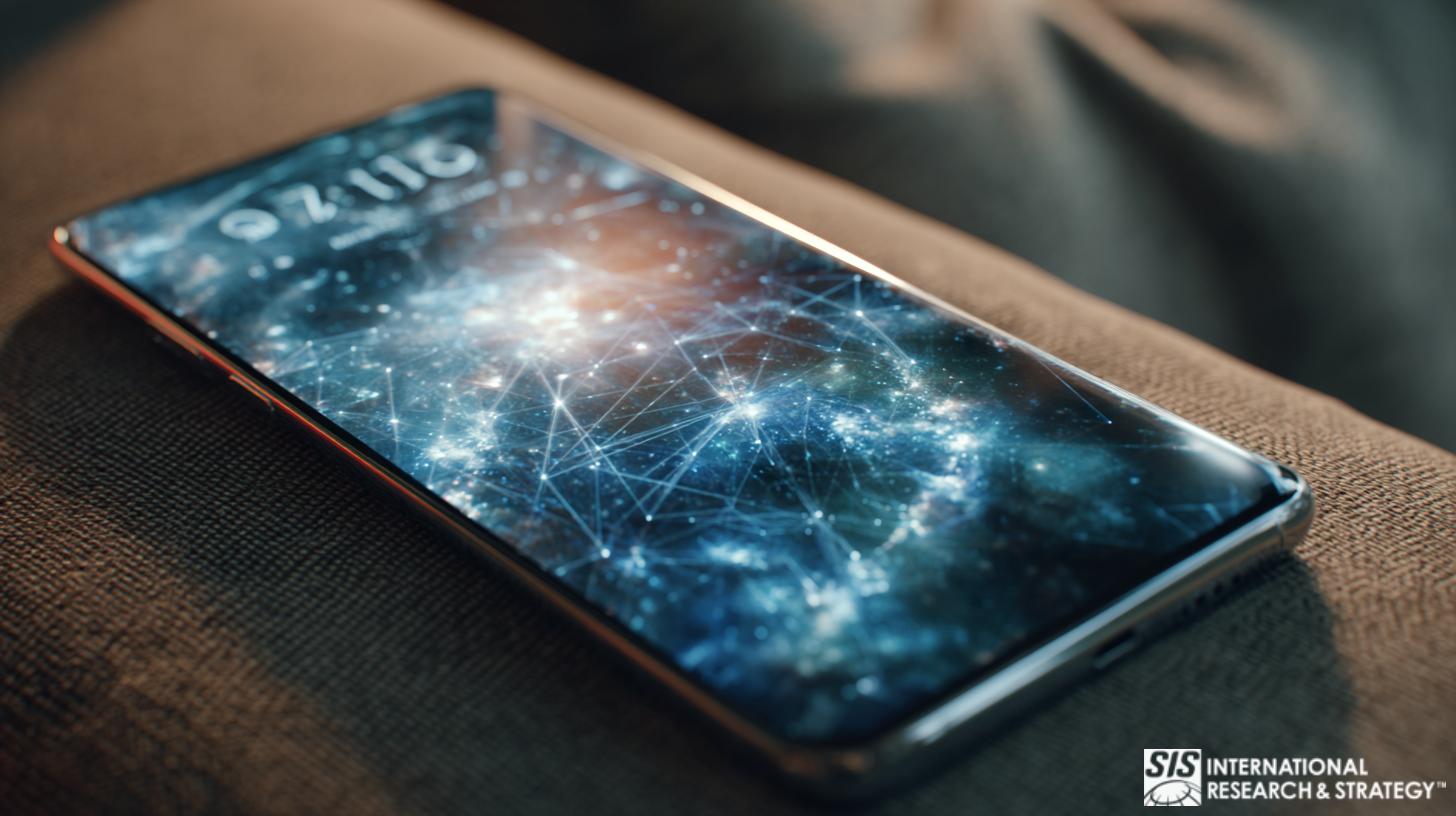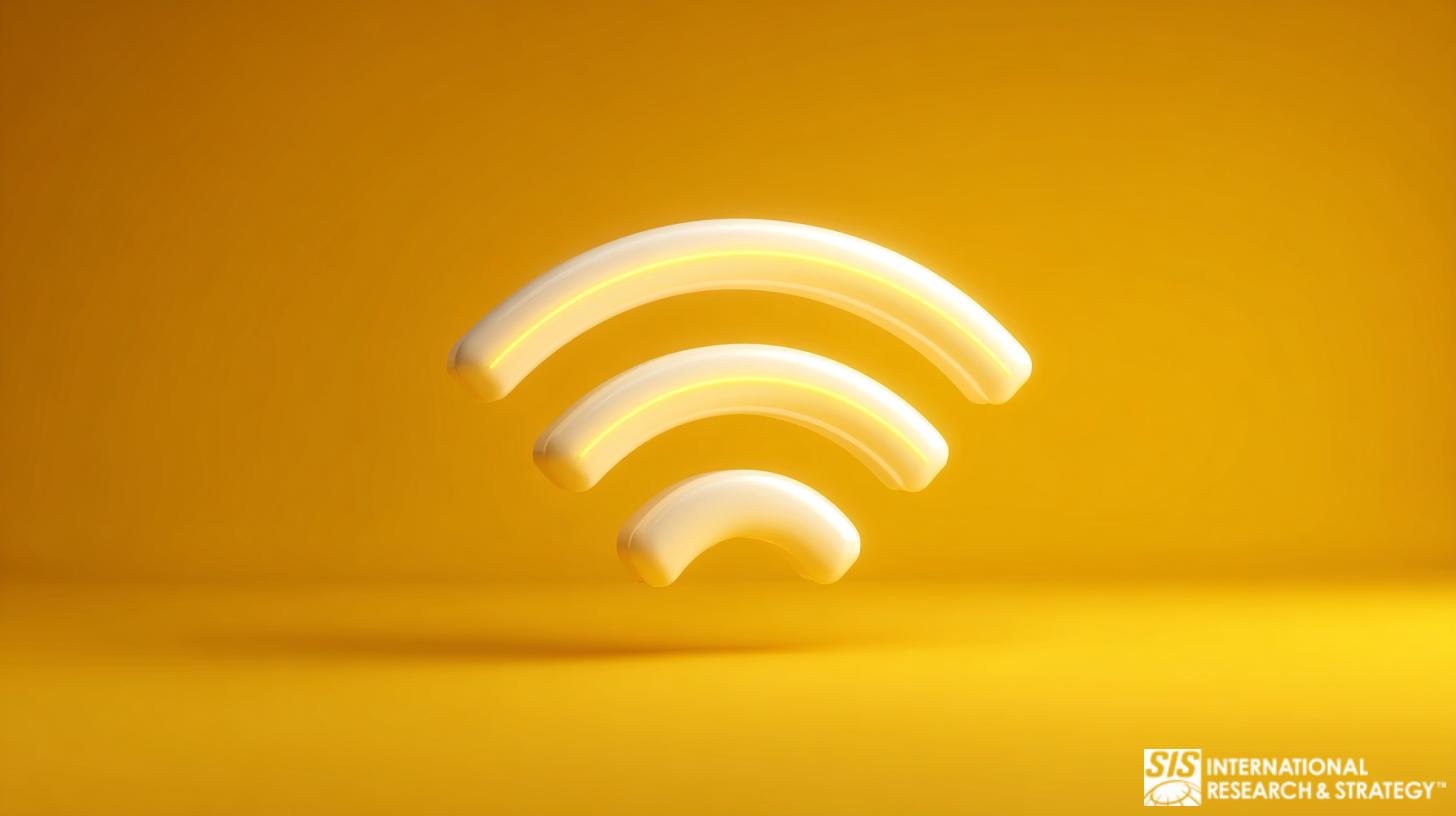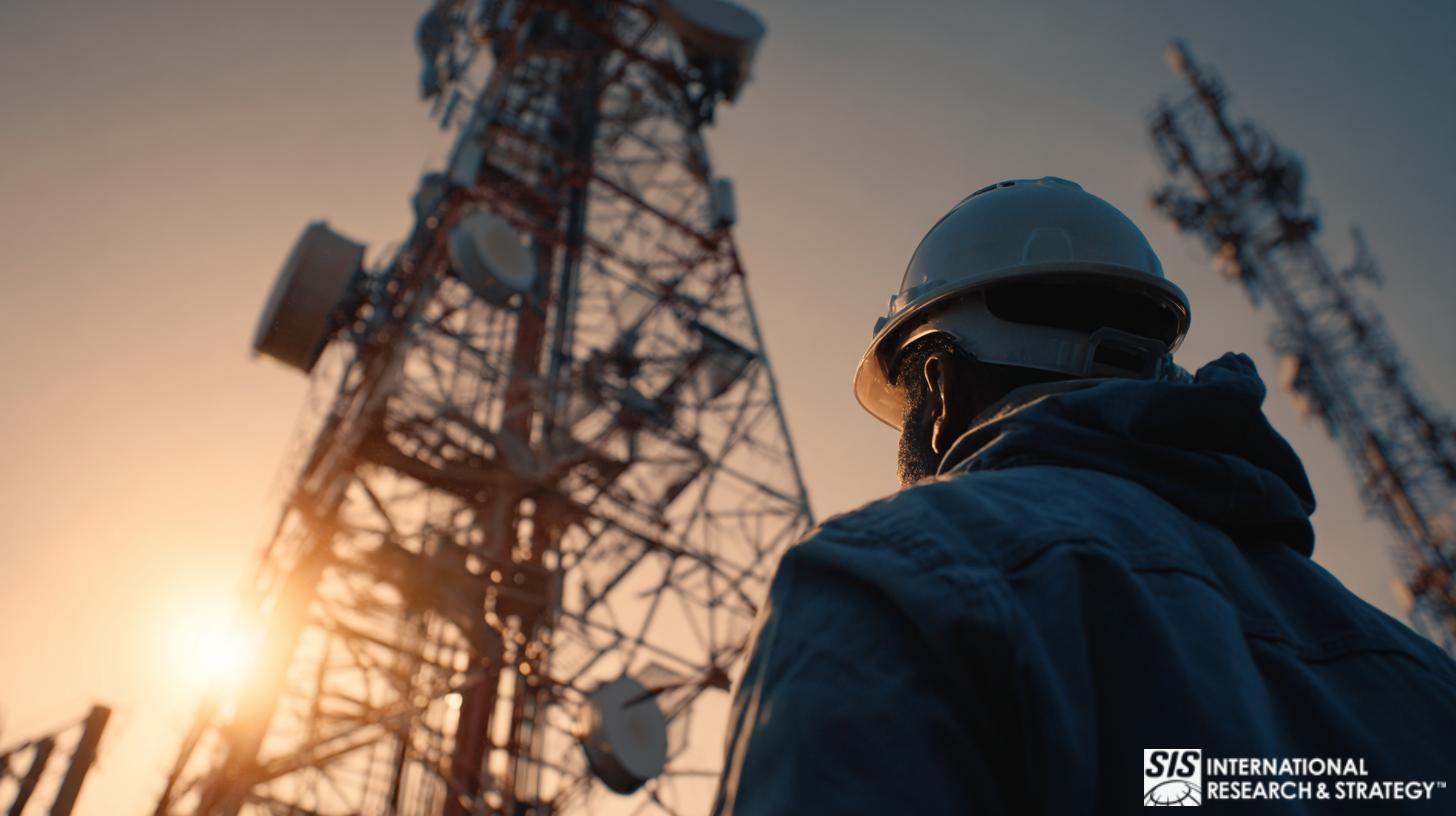5G 電信市場研究

時間able of Contents
What is 5G Telecommunications?
5G is the fifth generation mobile network for broadband cellular service. It is the wireless standard that follows 4 G. 5G enables a new and improved type of network that connects everyone and everything. So, it links devices, objects, and machines. 5G is much more complex in comparison to the previous ones. It has extra competence to enable superior user insight. It deploys new models and distributes new services.
為什麼它很重要?
5G is essential because it has what it takes to support millions of devices at a breakneck speed. It is also crucial because it has the mastery to remold the lives of people worldwide.
Furthermore, it is huge on safety, health, and security. 5G improves services that will, in effect, protect its users. For example, there are smart cities with 5G installed in public places. They offer services for remote surgery with instant response time.
Last, 5G extends the reach of mobile broadband. 5G has increased speed and bandwidth when compared to the previous generations. As a result, it can connect people much further than current networks allow. It also improves aspects of 3D, virtual, and augmented reality.
主要職位
- Application Developer
- Security Analyst
- Tower Designer/Planner
- Tower Builder
- Tower Installer
- RF Planner
- Rollout Project Manager
- Rollout Project Coordinator
Why do Businesses need 5G Telecommunications?

As the world grows, businesses need to keep in touch with the new developments. 5G has many benefits for companies. For instance:
- The best-known benefit of 5G is its connection speed. The total amount of data that companies transfer is increasing. These transfers occur every hour, minute, and second. As a result, with 5G speeds, firms can handle large amounts of data transfer. It also runs with fewer problems than previous networks.
- 5G can support one million connected devices per 0.38 square miles. For that reason, the network can host a vast number of devices. All these devices, when connected, can even undertake concurrent data transfer. Kudos to the 5G network’s larger spectrum band!
- 5G has a lower latency. Latency is the time between when a network sends a data packet and when the user receives it. For example, a surgeon will rely on LTE to perform remote surgery in the healthcare sector. So, it’s easy to see that this gap matters. It won’t do for the surgeon’s movements to be lagging and affected by network latency. That being the case, 5G improves the working and safety by lowering latency. In short, 5G supports different practices with reduced latency.
關鍵成功因素
Several success factors arise from the 5G network.

- Spectrum Availability. The spectrum is the base of mobile wireless service and, as a result, 5G networks. Providers need a mixture of low, mid, and high band spectrum
- Network. 5G is huge on achieving a high level of wireless insight. In essence, it will increase the number of active 5G subscribers per capita.
- Talent. 5G created calls for new and different types of talent. Businesses will have to analyze, manage, and protect massive amounts of data. Companies that don’t have the people to do the work may pay a steep price as they become less competitive. Even worse, they can become obsolete.
About 5G Telecommunications Market Research
Are you having thoughts about adding the 5G to your company? SIS International offers Quantitative, Qualitative, and Strategy Research. We use Interviews, Focus Groups, and Surveys. We work with many companies, including startups, and we can help you add 5G to your business entity.
我們在紐約的工廠位置
11 E 22nd Street, Floor 2, 紐約, NY 10010 電話:+1(212) 505-6805
關於 SIS 國際
SIS國際 提供定量、定性和策略研究。我們為決策提供數據、工具、策略、報告和見解。我們也進行訪談、調查、焦點小組和其他市場研究方法和途徑。 聯絡我們 為您的下一個市場研究項目。

